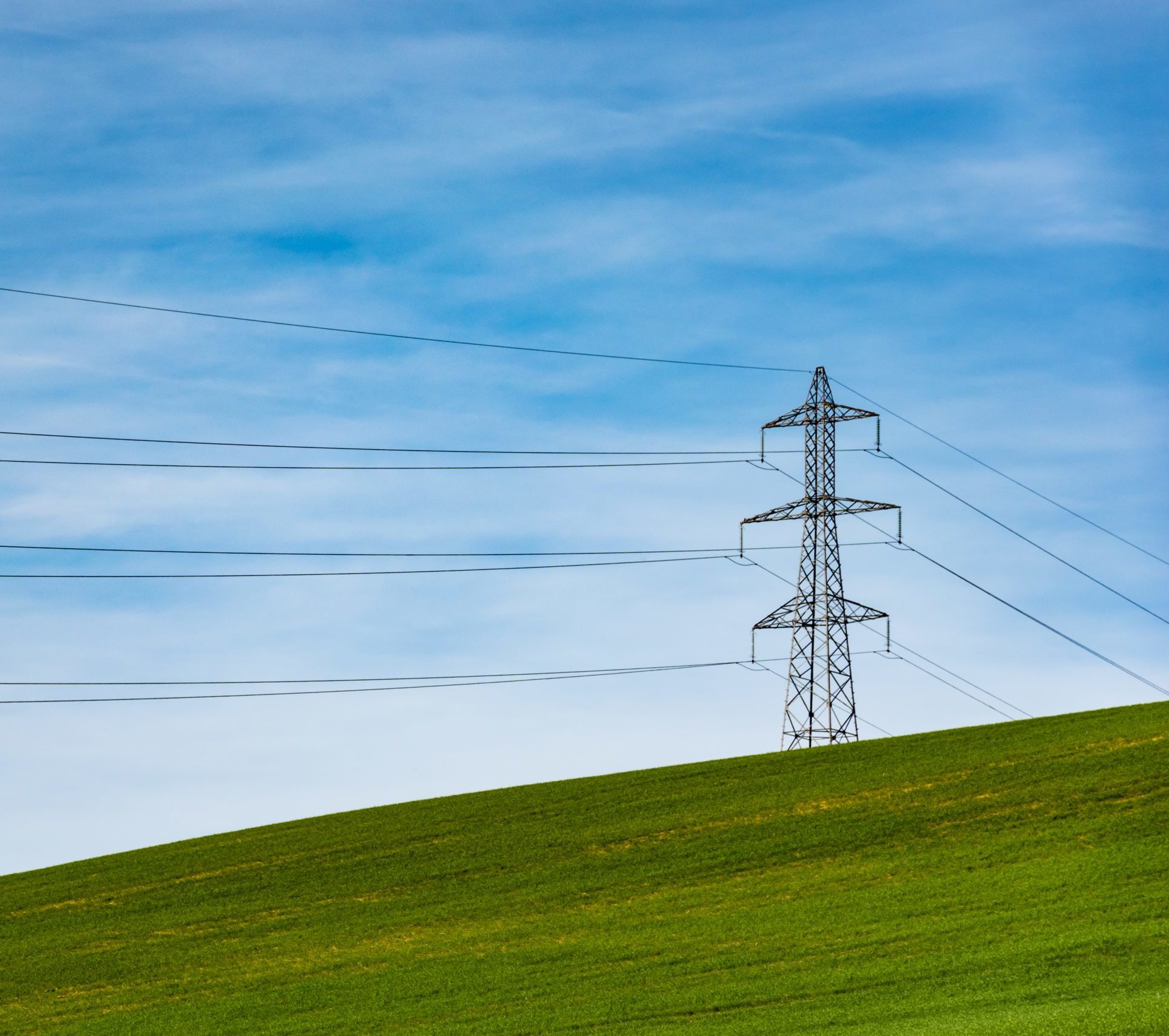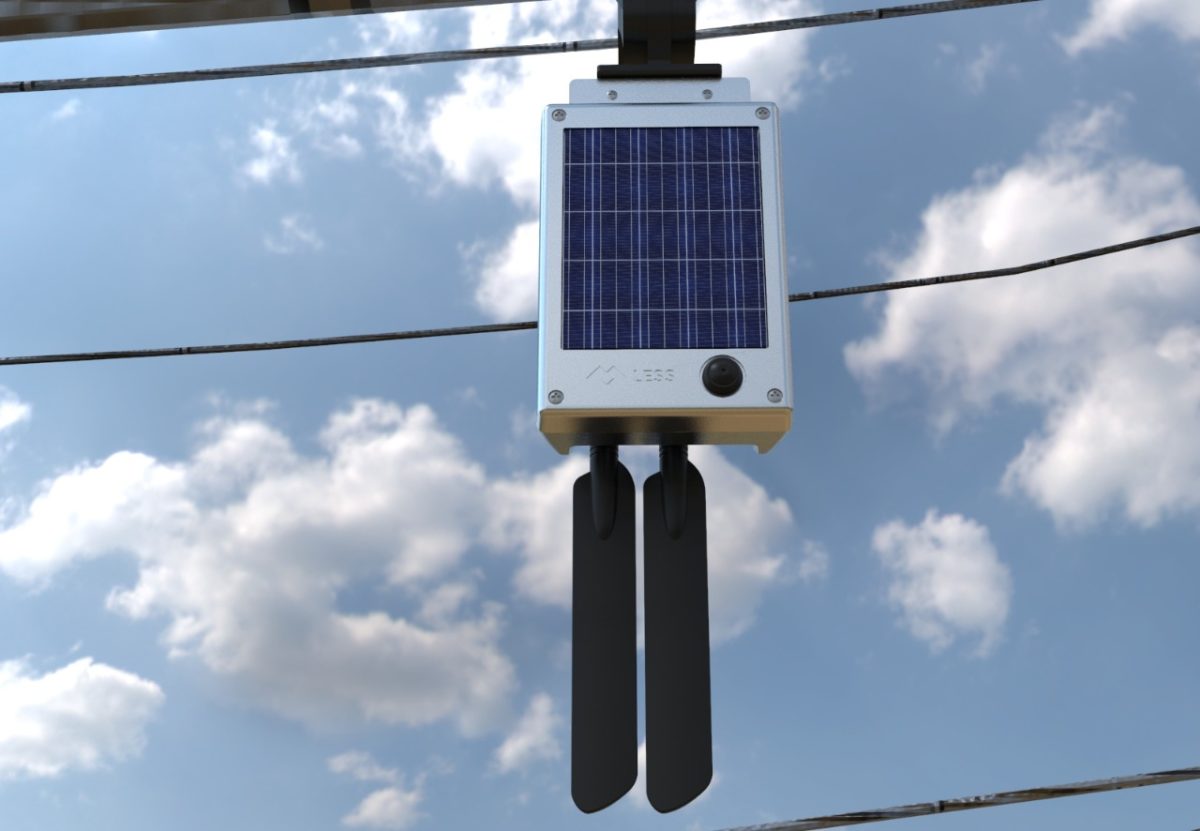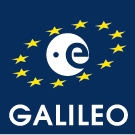
The future of power line maintenance
Success
stories

LESS has developed a suite of technologies for improving maintenance operations for power distribution. From sensor to data to decision ready information the future of maintenance is digital, highly automated and predictive.
Decreasing costs and increasing efficiency
Maintaining a huge power distribution network spanning hundreds or thousands of kilometers is a sizeable challenge for daily operations. Maintenance staff need to react quickly, because loss of power supply can be critical for vulnerable infrastructure such as hospitals. On the other hand, too much fallow work force is a cost driver for the consumers.

Breaking up a very conservative market
Even though the need for a solution is clear, it needs to be reliable and trustworthy in order to be accepted by clients. Despite the fact that other methods are less technologically advanced, they have been incorporated into operations over many years. Therefore, a shift to a new technology is also a risk for potential customers. LESS has overcome this issue and convinced customers by demonstrating their
technology in smooth operation in an 24/7 environment and even under extreme conditions. Even so, LESS had to face the fact that even the best solution will not succeed unless it acquires the necessary certification. This step is absolutely crucial for the technology involved to have final customer acceptance. But the process of getting a CE certification is time consuming and expensive.
Turning the game
Even certified sensors will not turn the game by themselves. Replacing the alert system with another does not write new “gaming rules”. This is done by introducing predictive maintenance. Using AI driven analysis, issues can be detected in a predefined tolerance range in which errors are getting more likely. This advantage makes maintenance much more plannable and downtime is reduced to an absolute minimum.
Intelligence on the grid
Due to a low-cost approach LESS can provide a swarm of sensors, this enables LESS to build their own infrastructure for GNSS corrections. An integrated solar panel charges the device and it lasts one year without recharge. A metal case protects it against rough weather conditions. In addition to broadcasted weather station information sensors such as IMU, accelerometer as well as thermostat and hygrometer are part of the baseboard and fuel the predictive model. A precise GNSS receiver is used to handle the GNSS signals providing 1 cm accuracy. An integrated antenna submits the signal via LoRaWAN network to the remote stations.
Beyond grids
A key competence in the IoT sector is to adopt to customer needs quickly. LESS was able to modify one of its sensors, so it can be used for saving endangered turtles in Australia by measuring temperature and humidity in the soil. An alert was triggered when conditions get critical, and counteractions can start.

Galileo for dual frequency usage
The solution uses a dual frequency approach by combining Galileo’s E1 and E5b open service bands for best ionospheric error cancellation. Thanks to the modulation by Binary Offset Carrier (BOC) GPS and Galileo, signals can be distinguished even on the same frequency.